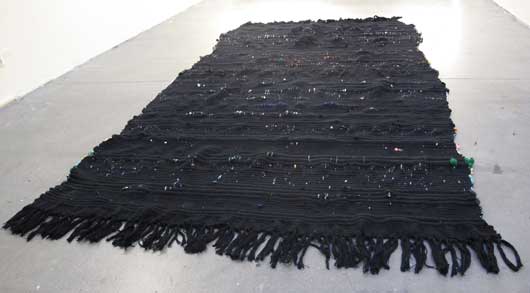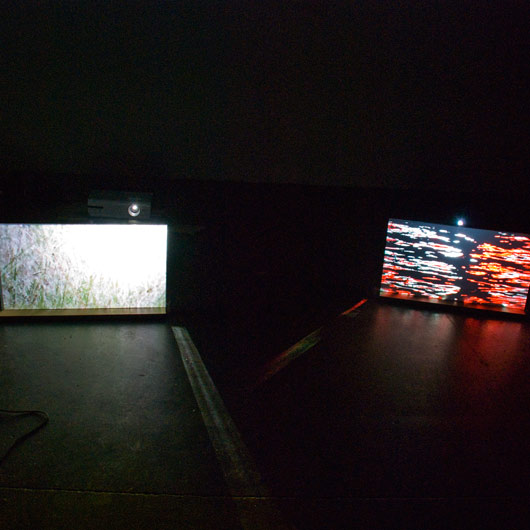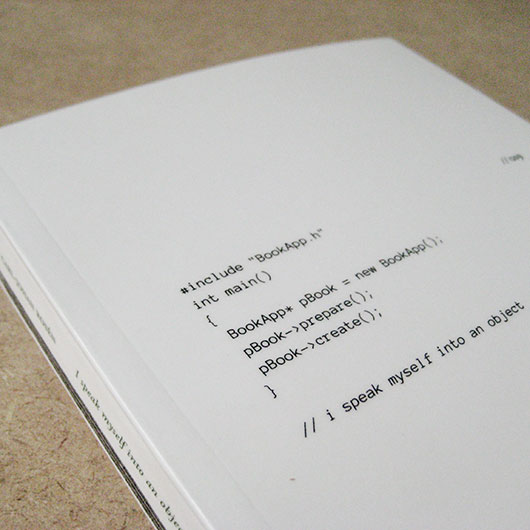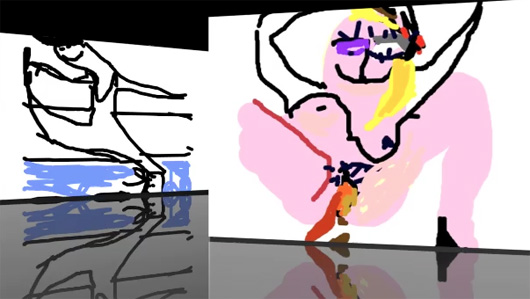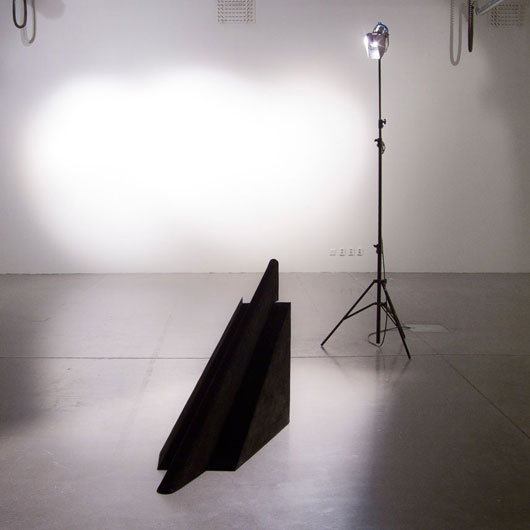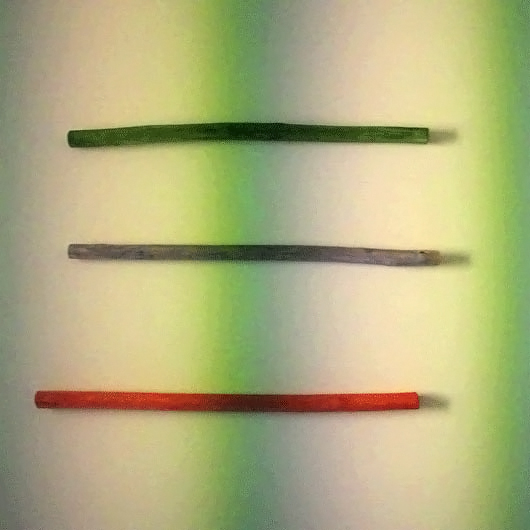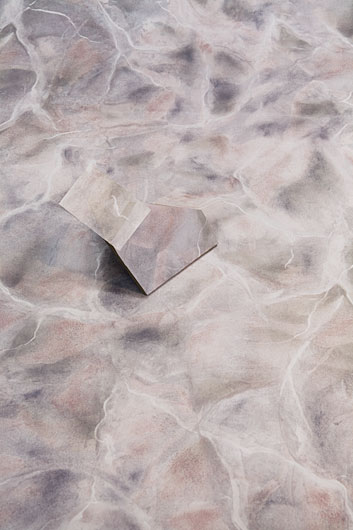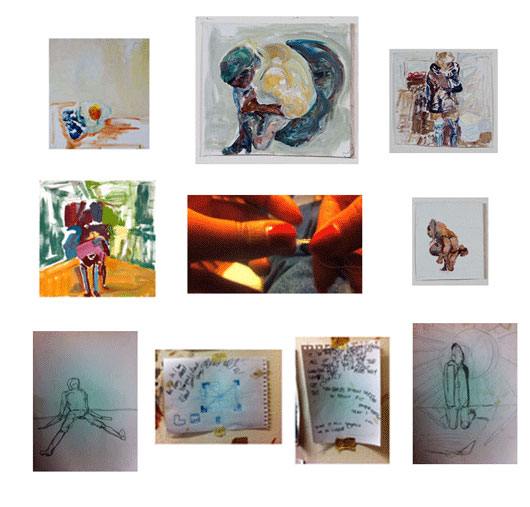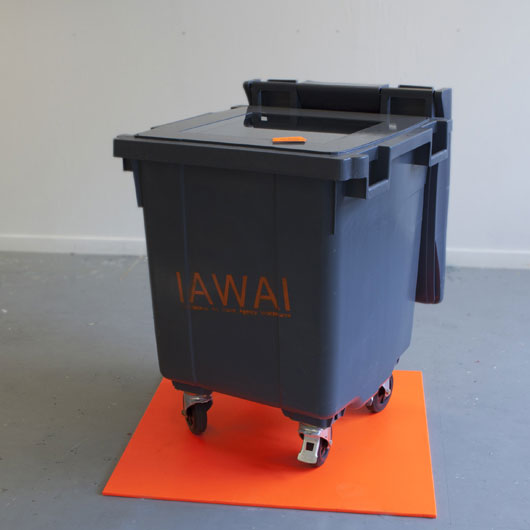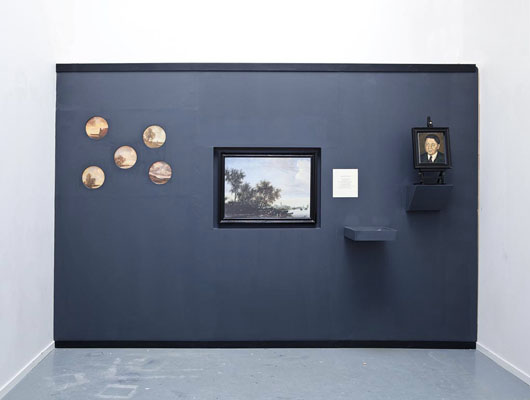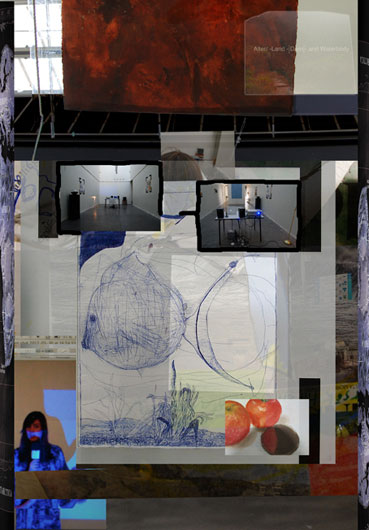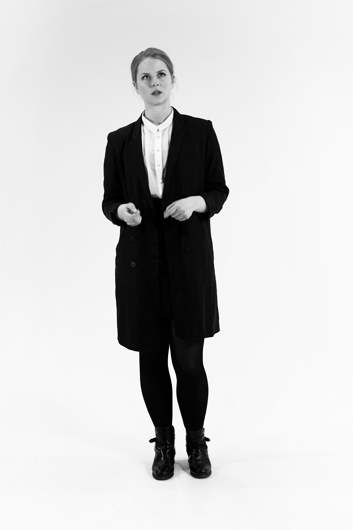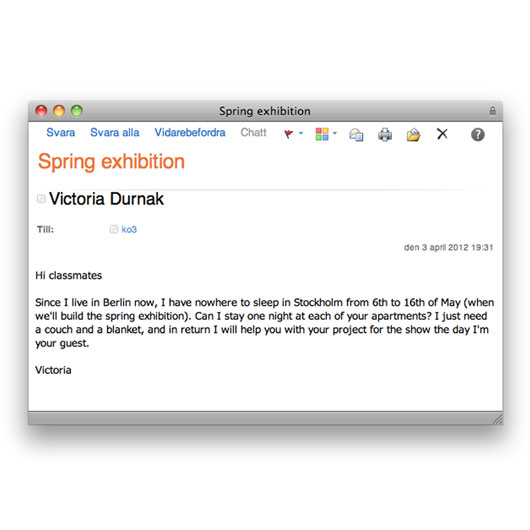Célie Sagrén
Why art? Why not?
Why art? This is the question that students graduating from the Department of Fine Art have themselves chosen to confront for this year’s printed version of the catalogue. A question that undeniably needs to be posed time and again – not only at an academy of art like this one. But it is perhaps in the gap between education (where during an intensive and restricted period the existence of art can be taken for granted) and reality, that the question, given the prominence that degree exhibitions always afford, acquires added interest.
The Bachelor students offer in this exhibition no uniform response to the question, but through their many varied and multifaceted works they place the focus not only on their own conscious position in the history of the universe (!) or of art, but at the same time they seek to explore the actual meaning of a work of art in itself and its socio-political functions in various arenas: the art world, the surrounding community as well as in their own more intimate and private spheres. There is also another type of mapping going on in many of the works, a need to reflect and look back upon a more recent and local history of one’s surroundings, and through a quite straight forward and personal point of view, there is an attempt to deconstruct hierarchies and to try to pin down how things and people are connected, politically, geographically and socially.
And through the apparently unhampered movement of the students across the media – in everything from noisy corridors and shadowless objects to a film about a city that disappears down a hole, or why not singing lessons, or a storage system containing painted portraits of the students themselves – scope is playfully offered here instead to open up these questions and take them further: how did I in fact end up here? Where does the art take us? And as several of the works seek to involve the viewer in a more direct manner, the question of timing is crucial; where does the story actually start to communicate? And exactly when does an audience come in? The staging of familiar situations, similar to what we would call “the everyday life”, that we are in this show invited to actively take part in, finally leads us up to one of the more important and interesting questions of them all “Why not?”
Because the main question comes perhaps in the end more down to how we actually deal with these issues, where there from the beginning is no given answer. And where art itself has one of its most important functions to fulfil, as, for instance, when the French artist Sophie Calle was asked a few years ago to describe how she had succeeded in getting so many people to take part in her often unconventional interventions and art projects.
“I think generally people accept to speak when the question you ask them is not a question they have learned in the their life to answer yes or no. So if I ask you if you would please help me carry my suitcase and move my apartment you can say no because you have something else to do, you’d rather change your own apartment. But if I ask you if you would please sleep in my bed, instead of saying no; you say ‘Why not?’”
Sophie Calle (Talking Art 1, published by ICA, 1993)
Johanna Biling, Senior lecturer in Fine Art
Why art? Why not?
Why art? Varför konst? Det är frågan som det här årets avgångsstudenter på kandidatprogrammet i Konst själva valt att förhålla sig till inför den tryckta versionen av katalogen. En fråga som onekligen behöver ställas om och om igen – inte bara på en konst- och designhögskola som den här. Men kanske är det i glappet mellan skolan (där man under en intensiv och begränsad period kanske just kan ta konstens vara för givet) och verkligheten, som frågan, i en sådan här markerande situation som en avgångsutställning alltid utgör, blir extra intressant.
Kandidaterna ger i den här utställningen inget enhetligt svar på frågan, men riktar genom en mängd mångfasetterade och komplext intressanta verk, fokus inte bara på sin egen medvetna plats i universums (!) eller konstens historia, utan undersöker även aktivt betydelsen av konstverket i sig och dess sociopolitiska funktion i olika rum; i konstvärlden, i samhället runt omkring, så väl som i den egna och högst privata sfären. Det pågår samtidigt ett annat slags kartläggande i ett flertal av verken, ett behov att reflektera och gå tillbaka till närliggande och lokala historieskrivningar av ens omgivningar, bortanför hierarkierna, och därigenom söka sammanhangen för hur människor såväl som företeelser och skeenden faktiskt hänger ihop, på ett både geografiskt, politiskt och socialt plan.
Och genom studenternas tillsynes obegränsade rörelse över medierna, i allt ifrån ljudande korridorer och skugglösa föremål till en film om en stad som försvinner ner i ett hål, eller varför inte sånglektioner, eller ett lagersystem innehållandes porträttmålningar föreställande dem själva – ges här istället på ett lekfullt sätt utrymme för att öppna upp och ta frågorna vidare; hur hamnade jag egentligen här? Och vart tar konsten sedan vägen? Och då flera av verken aktivt uppmanar till att involvera betraktaren på ett mer konkret vis, blir också frågan om timing central; var börjar egentligen en berättelse att kommunicera? Och exakt när kommer publiken in? Iscensättandet av ett slags bekanta och nästan vardagliga situationer, som vi i den här utställningen blir inbjudna att aktivt ta del i, leder oss slutligen till en av de kanske mest intressanta och angelägna frågorna; ”Varför inte?”
För kanske handlar huvudfrågan egentligen mer om hur vi faktiskt hanterar dessa frågor där det från början inte finns ett givet svar. Och där just konsten har en av sina viktigaste funktioner att fylla, som t ex när den franska konstnären Sophie Calle för några år sedan blev tillfrågad att beskriva hur hon egentligen lyckades få alla dessa människor att ställa upp i hennes ofta annorlunda interventioner och konstprojekt.
”I think generally people accept to speak when the question you ask them is not a question they have learned in the their life to answer yes or no. So if I ask you if you would please help me carry my suitcase and move my apartment you can say no beacause you have something else to do, you’d rather change your own apartment. But if I ask you if you would please sleep in my bed, instead of saying no; you say ’Why not?’”
Sophie Calle (Talking Art 1, published by ICA, 1993)
Johanna Billing, lektor i konst
